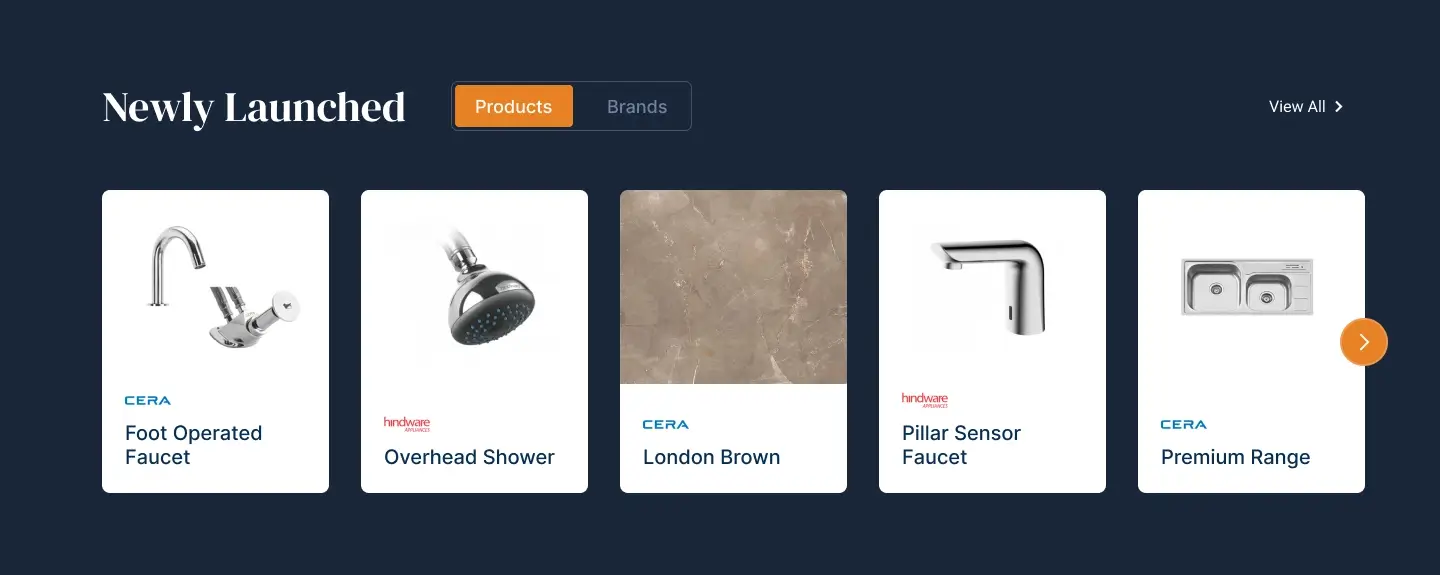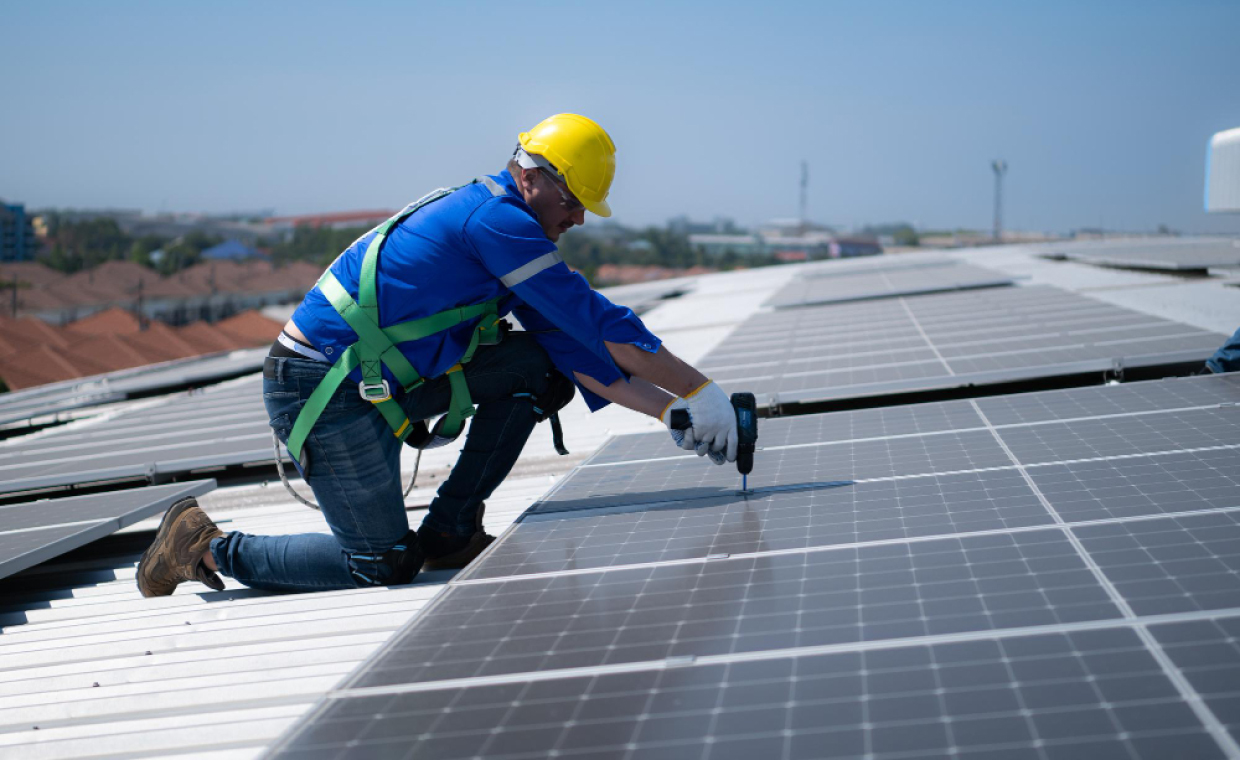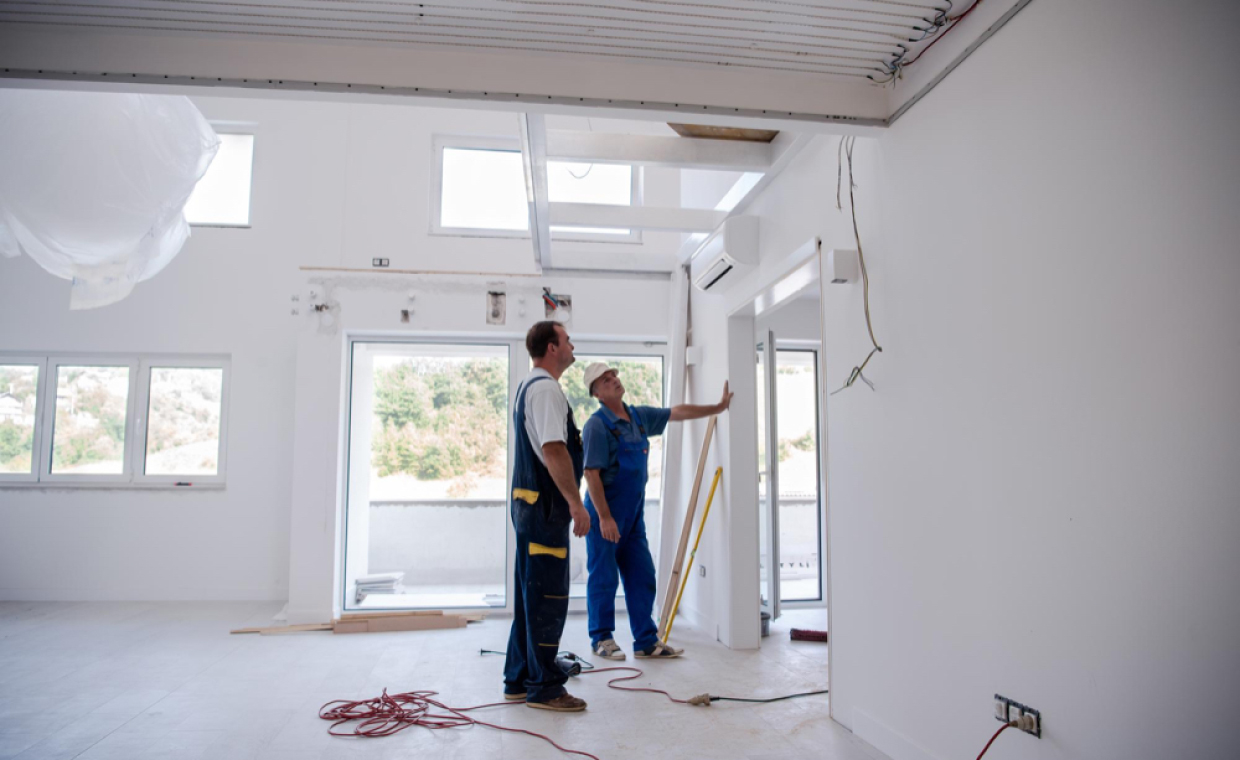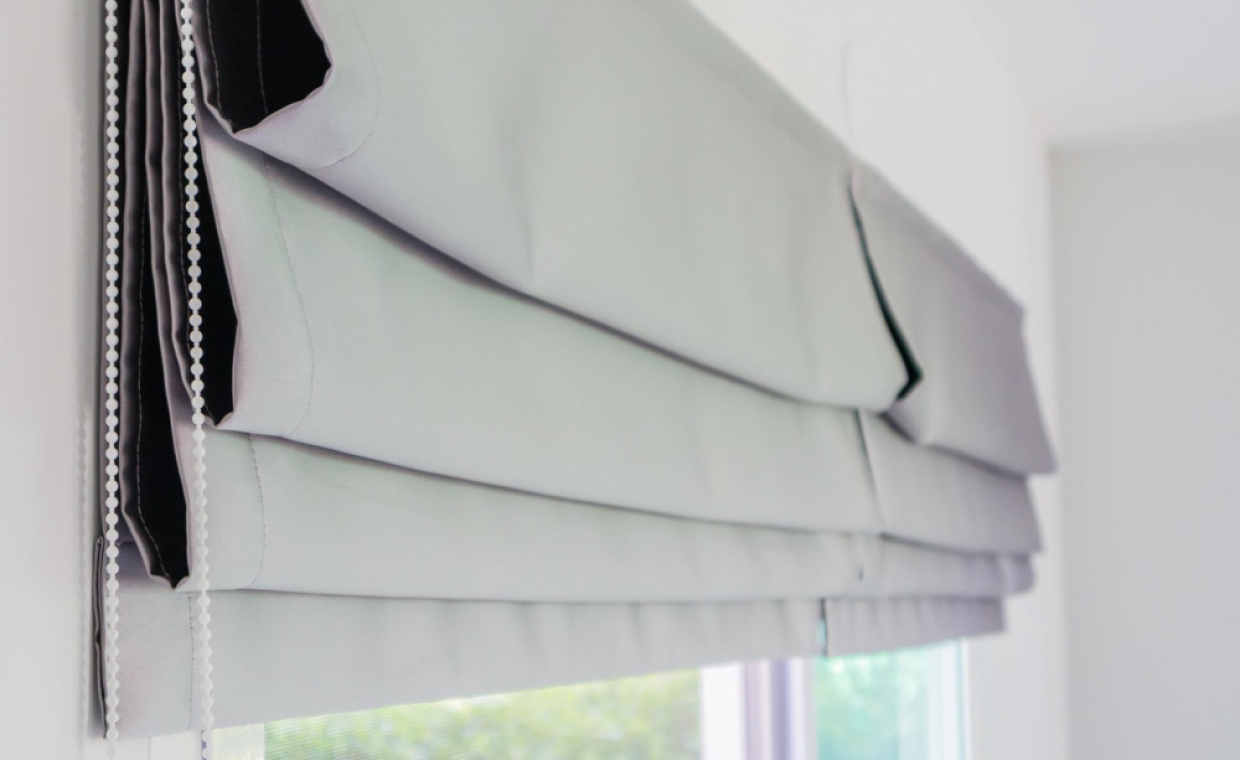
Table of Contents
Quick Review
- Fixing a PVC pipe leak is essential, as it is one of the most common plumbing issues that should not be ignored.
- You can easily identify a leak in PVC pipe merely by observing signs like water accumulation, gurgling noises, foul odours, and damp spots near pipes.
- PVC pipes, are made of synthetic polymer polyvinyl chloride (PVC), and are easier to repair compared to metal pipes.
- Minor leaks can be handled with DIY solutions like epoxy, fibreglass resin tape, silicon tape, or hose clamps.
- For severe damage, pipe replacement is the most durable solution since PVC pipes are inexpensive and widely available.
- While DIY methods work for small issues, professional plumbing services are recommended for lasting repairs and to prevent further water damage.
A PVC pipe leak is one of the most frustrating plumbing problems. If you’ve had the building for a while, you will eventually face this problem. Regardless of how inevitable this problem is, when a PVC pipe leak occurs, it will always make you irritated and uncomfortable.
To locate the leaks, you should observe the signs of PVC pipe leaks, including accumulated water, a gurgling sound, and a rotten odour. These signs may also indicate some faults in the plumbing installation.
Fortunately, fixing a PVC pipe is possible if the leaks are visible. As a homeowner, you may be capable of performing pipe leak repair, as long as you have the equipment and pay close attention to the methods on how to repair a leaking pipe.
But if you are not comfortable doing it yourself, it’s best to reach out to professional plumbers in Melbourne who have the experience to fix a PVC pipe leak. You can visit https://neighbourhoodplumbing.com.au/ for more information.
To assist you in the DIY approach, this blog has gathered several methods to fix PVC pipe leaks.
What You Need to Know About PVC Pipes
Before considering which technique is more suitable for repairing your pipeline, it would be beneficial to have a basic understanding of the type of pipeline.
PVC pipes are constructed of the synthetic polymer polyvinyl chloride (PVC). This material is popular among many homeowners for its applications in plumbing systems.
Nowadays, many plumbing networks, including water supplies and agricultural systems for irrigation, are constructed of PVC pipeline due to its durability and simple replacement. In addition, it also has the capacity to withstand heat and rust. Its flat surfaces also allow water to pass through with greater efficiency. These strong characteristics make them an appealing choice over expensive steel pipes.
Nevertheless, PVC pipes may rupture due to improper setup, freezing weather, and incorrect use of adhesive.
How to Fix Leaking PVC Pipes
Sealing PVC pipe leaks requires different approaches and techniques, depending on the reason and the extent of the damage. In general, you can utilise pipe burst tape, fibreglass resin tape, epoxy, and rubber-based tape to repair pipes. Alternatively, you can also use a bit of rubber material and a hose clamp to stop the leak.
Here are several efficient techniques that you can apply to fix a PVC pipe leak.
1. Epoxy
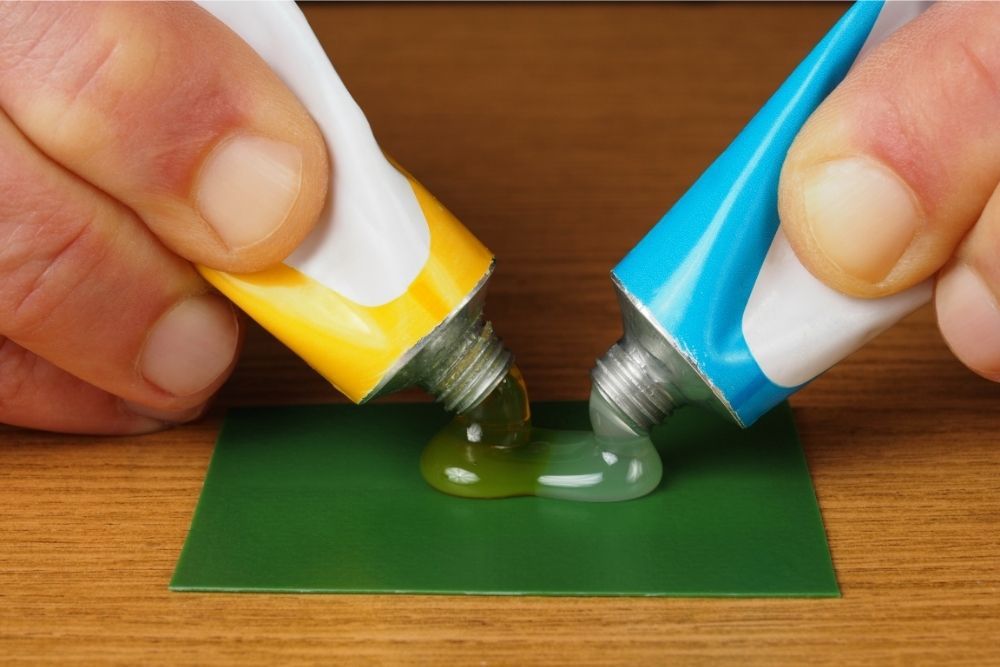
This chemical compound is a durable solution for PVC plumbing leak repair. This material is often known as putty, and is frequently utilised to fix cracks and broken surfaces. It works by filling the hole or break in the pipe and forming a new surface. To put on liquid epoxy to a broken area, you need to make sure that the area is clean first.
A fibreglass resin cloth is great for cleaning these areas, as it reduces the dampness and dries them completely. Put the epoxy in place according to the instructions provided by the manufacturer. After applying the liquid epoxy, leave it to dry and seal the PVC pipe properly.
In numerous instances, the pipe epoxy air dries within a few minutes. So, you can assess whether the pipe leak repair is proper or not by letting the water flow through the pipe.
2. Fibreglass Resin Tape
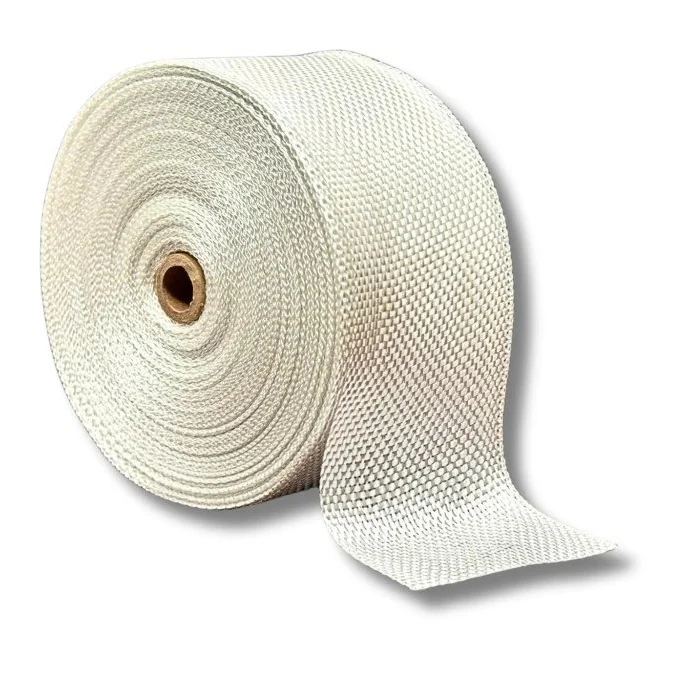
Courtesy - IndiaMART
Fibreglass resin repair tape is an effective temporary solution for sealing PVC pipe leaks. This water-activated tape contains resin that hardens after contact with moisture, creating a strong external wrap around the pipe. Before application, make sure to clean the affected area thoroughly to remove dust, grease, or debris, as this ensures better adhesion. Use a clean cloth or rag for wiping, and dry the surface completely before wrapping the tape around the leak.
3. Silicon Tape
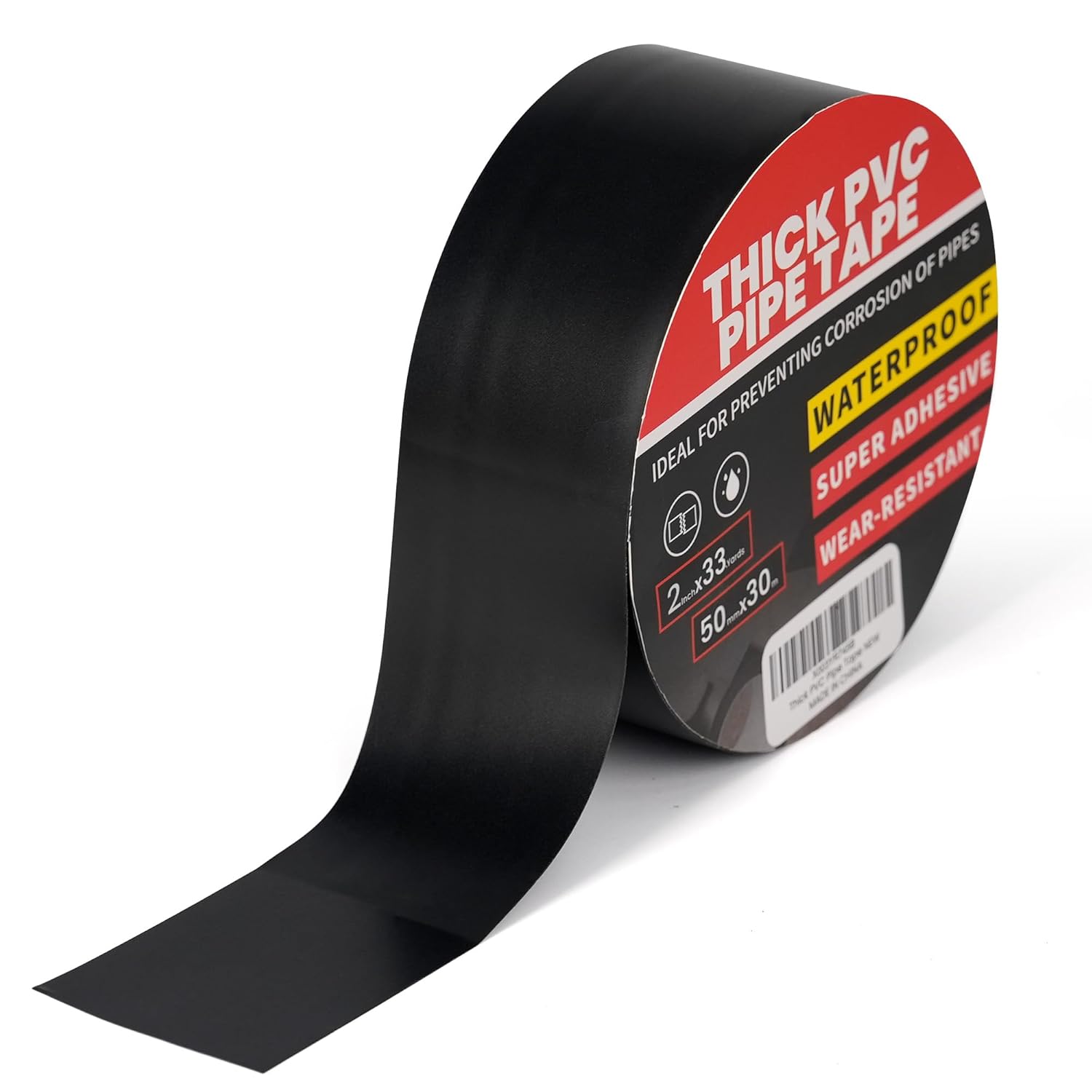
Courtesy - Amazon.in
For relatively small PVC pipe leak repair, silicone tape is highly recommended. In comparison with fibreglassresin tape, this type of tape doesn’t require water to begin working. Rather, they adhere to themselves and are simple to use. Additionally, the material’s compression prevents water from entering small gaps or cracks.
To apply it, stretch the silicone tape securely over the damaged area and afterwards check whether the water flows properly inside the pipeline. If the crack remains unsealed, you can apply extra tape and make sure that it is firmly looped around the pipeline. This is the easy alternative for rapid PVC plumbing leak repair.
4. Hose Clamps

Sealing a PVC pipe by using hose clamps works effectively by adding pressure to the tiny leaks. You should attach the rubber to the damaged area, then place the hose clamps on it and clamp down. Sealing PVC pipe leaks with hose clamps is only suitable for a brief fix and should be followed by professional assistance for a durable solution.
5. Pipe Replacement
Thankfully, PVC pipe tends to be more affordable and can be found in any hardware store. So, you can easily get a new one if the previous methods didn’t work. Here’s what you can do to replace your broken pipe with a new one.
First of all, you should break the damaged pipe about an inch to the left and right of the leak. You can utilisea hacksaw to cut the pipe. Then, you need to drain the water from the pipe. Afterwards, remove the broken PVC pipe, and put the new one in the fitting and ensure that it aligns perfectly. Next, you should spread PVC solvent glue both inside the new joint and on the outside of the old pipe. You should also add adhesive to both the existing and the new connection.
Also Read: PEX Pipes: An Alternative Solution for House Water Supply!
Conclusion
If you are looking for a guide on how to fix a leaky pipe, then you can follow the steps mentioned above. If the severity of the damage is no longer possible to be repaired with those techniques, then it would be in your best interest to just hire a professional plumber Melbourne like Neighbourhood Plumbing to resolve the problem.
Also Read: What to Do When Your Pipes Freeze? | Learn Simple Tips!
FAQs
1. Why to PVC pipes leak?
Causes of PVC pipe leaks are:
- Faulty plumbing
- Wear and tear of pipes over time
- Cracks due to sudden impact or heavy load
- Long exposure to harsh weather
2. What are the common signs of a PVC pipe leak?
Accumulated water, gurgling sounds, foul odours, and damp spots around plumbing lines.
3. How to fix a leaky PVC pipe without replacing it?
If the damage is not severe, you can fix the leak using using epoxy glue, or taping the pipe with fibre tape or silicon tape, or hose clamps.
4. Will PVC glue stop a leak?
If applied and dried correctly, then PVC glues can effective seal small leaks.
5. When should I call a plumber?
If leaks are severe or beyond your capacity to repair, it is best to call a professional plumber to resolve the issue.





